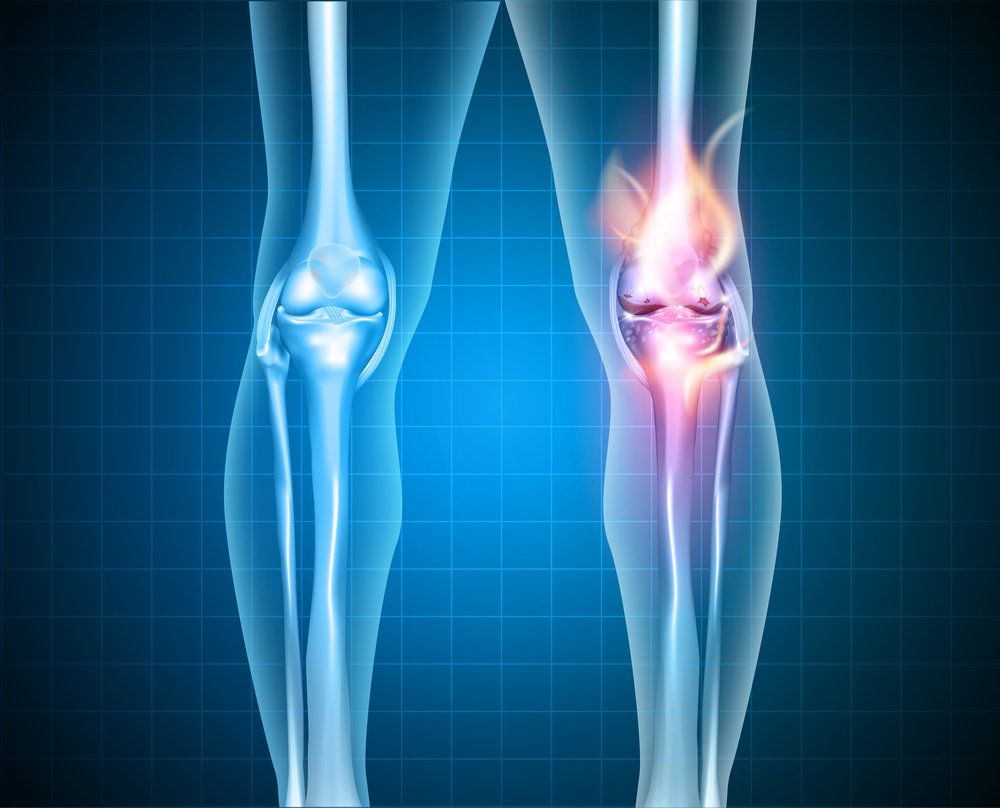
The meniscus refers to two c-shaped cartilage discs located in the knee that act as a kind of shock absorber between the thighbone and the shinbone. The medial meniscus is located on the inner side of the knee, and the lateral meniscus is located on the outer side of the knee.The meniscus prevents the two bones from making direct contact with one another.
A torn meniscus occurs when the knee twists while a person is bearing a lot of weight on it. This is one of the most common kinds of knee injuries that a person can experience. Our surgeons in Austin, TX would like to go over the basics of meniscus tears and discuss the meniscus repair process.
Causes of Meniscus Injuries
Some of the causes of a torn meniscus that the doctors at Orthopaedic Specialists of Austin have seen include:
- Sports injuries
- Weight lifting injuries
- Lifting heavy objects
- Sudden pivots
- Awkward landings
- Falls
- Deep squatting motions
Signs and Symptoms of a Torn Meniscus
The most common signs and symptoms of a torn meniscus include:
- Popping sensation in the knee
- Knee pain, especially when rotating the joint
- Swelling of the knee
- Stiffness of the knee
- Sensation of the knee being locked in position
- Inability to fully straighten out your leg
- Your knee feels like it's unable to bear weight
Risk Factors for Meniscus Tears
The risk factors for experiencing a meniscus tear include:
- Athletes - If you play, soccer, basketball, football, or tennis, you are more likely to experience a meniscus tear. This is either due to contact and landings, or by the pivoting motion of the knee.
- Age - Children and adolescents are more likely to experience meniscus tears, especially if they are student athletes. After you reach the age of 30, meniscus tears also become more likely, with an increased likelihood as the cartilage in the knee experiences more wear and tear.
- Osteoarthritis - People who suffer from osteoarthritis are more likely to suffer from meniscus tears given the weakening of their joint.
Treatments for Meniscus Injuries
When treating meniscus tears, many doctors begin with conservative treatments to address the damage. That may include resting the knee, icing the knee, and taking medication for pain management. For many meniscus tears, keeping weight off the knee for some time will allow the knee to heal itself.
For serious meniscus tears, surgery may be recommended to repair the damaged cartilage. For advanced issues with the meniscus, a full knee joint replacement may be recommended if the cartilage has degenerated severely.
Both conservative treatment and surgical treatment will be followed by physical therapy. Working with a physical therapist will help you restore strength, stability, and movement to the knee as the meniscus heals.
How Is My Knee After Treatment?
The overall quality and movement of the knee can vary based on the nature of the tear and the treatment performed. Most patients will experience restored strength and mobility of their knee, and perhaps achieve full use of the knee. For people involved in professional sports, the condition of the knee can vary, and our doctors can discuss potential limitations to movement or activity as needed.
Contact Orthopaedic Specialists of Austin
For more information about treating knee injuries and reducing pain and discomfort, be sure to contact our skilled team of orthopedic surgeons and pain relief specialists. You can schedule a consultation by phone at (512) 476-2830.
